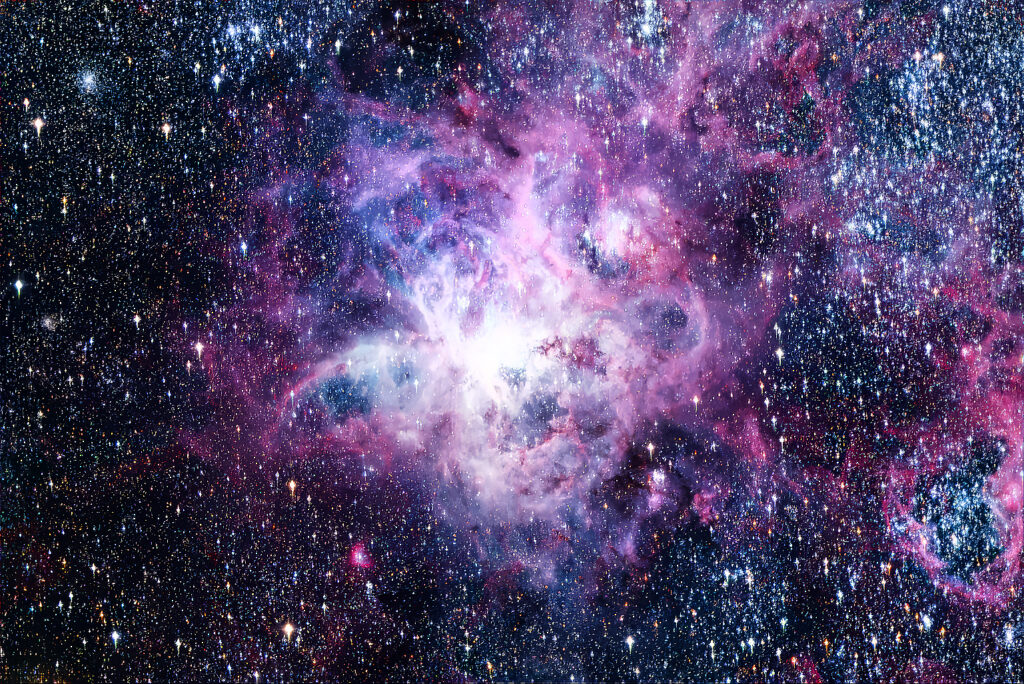
Figure 1 – The Tarantula Nebula photographed with iTelescope.net’s T30 telescope in Siding Spring Australia (c) DE Wolf 2024
The other form of astrophotography that I have been doing is to control remote telescopes on a fee for basis. I have used Skygems-observatories and iTelescope.net. In general, these offer whatever level or degree of control you want. When you watch step-by-step what the telescope is doing you gain a humbling understanding of the true complexity of the astrophotography process. I typically take my FITS image stack, then register the stack and recombine it into an RGB using astropixel processor. This is topped off with a bit of processing in Adobe Photoshop including the Topaz Photo AI module. The latter being used for noise removal and what is referred to as upscaling. On top of everything else, this approach gives us Northern hemisphere astrophotographer access to amazing telescopes and the Southern celestial sky with its rich deep-sky offerings.
Case in point Telescope, T 30, is located at Siding Spring Observatory is located in New Sout Wales, Australia. It is gorgeous in every sense of the word! It is a Planewave 20″ (0.51m) Corrected Dall-Kirkham Astrograph with an aperture of 508mm and a focal length of 2262 mm, thus f/4 and a FOV of 27.8 x 41.6 arc-mins. Figure 1 above is an RGB created from three 120 second exposure in each RGB color plane of the Tarantula Nebula NGC 2070.
The Tarantula Nebula, also known as NGC 2070, is la star nursery located in the Large Magellanic Cloud (LMC), a neighboring galaxy to our own Milky Way, Stretching across 1,000 light-years and containing some of the most massive stars ever discovered, the Tarantula Nebula is a hotbed of star formation. The nebula’s name comes from its resemblance to a spider’s web, with sprawling filaments of gas and dust woven throughout the region. The nebula’s bright red hue comes from hydrogen gas being ionized by the intense ultraviolet light of these newborn stars. Observations of the Tarantula Nebula with telescopes like the Hubble Space Telescope and the Very Large Telescope have revealed intricate details of the nebula’s structure, including vast pillars of gas and dust and regions, where stars are actively forming.
When you spend time working on a particular object creating an astrophotograph you develop a kind of artistic intimacy with the subject. The same I find is true with bird photography. Once bitten by this particular spider you never forget it!

Magnificent!!!
Thank you Loretta!